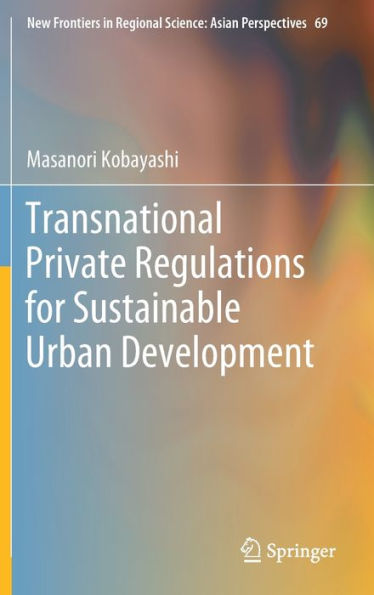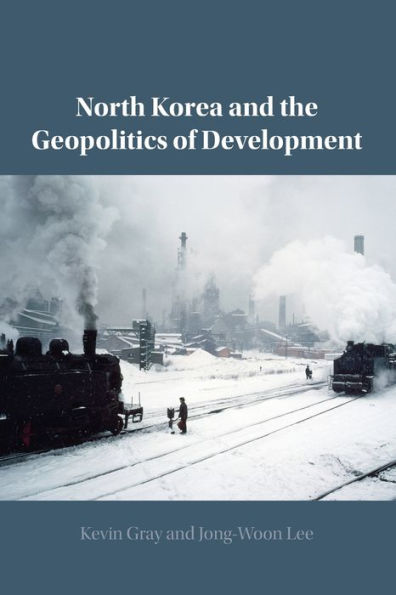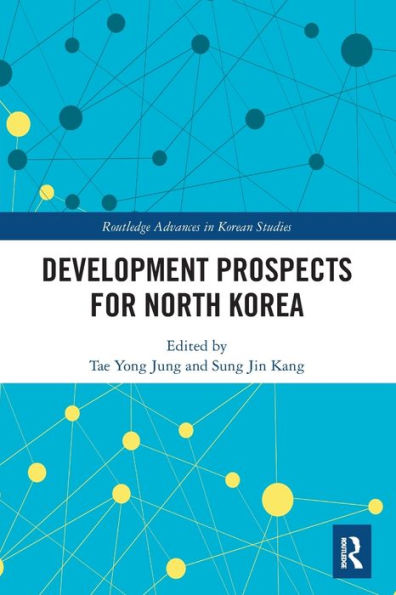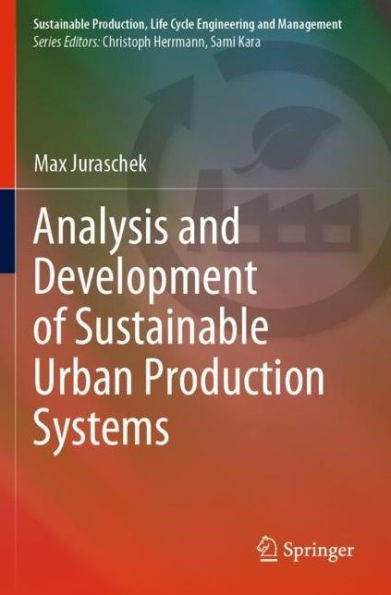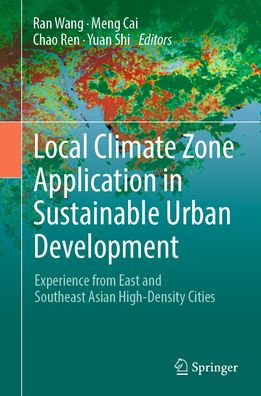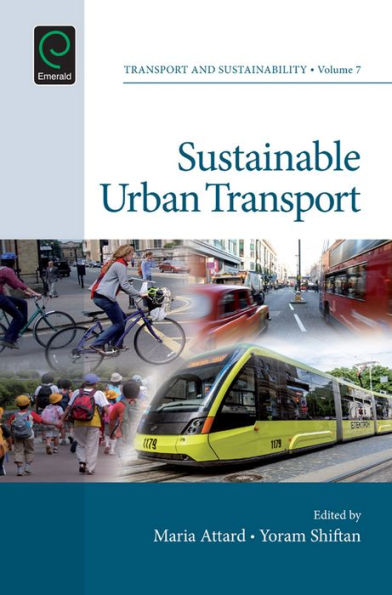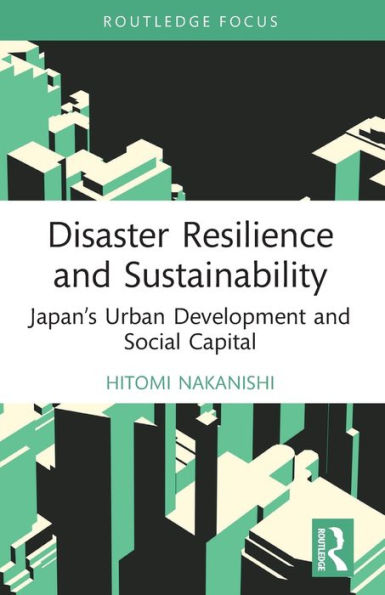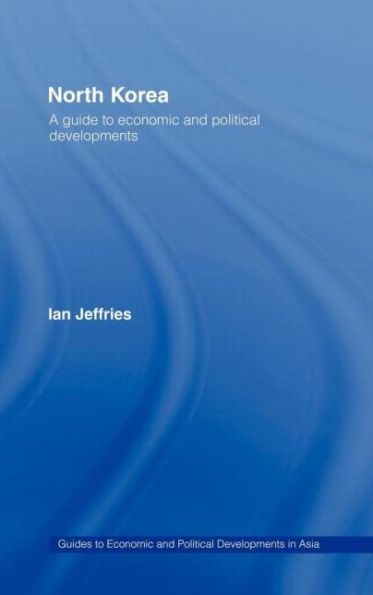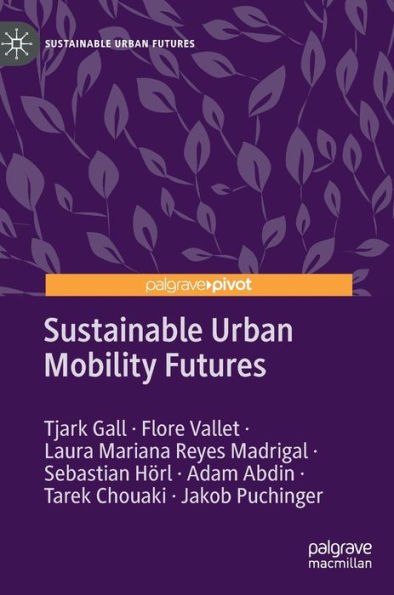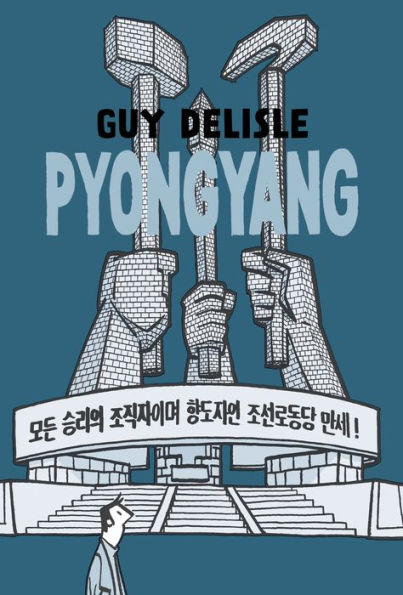Home
Pursuing Sustainable Urban Development North Korea
Barnes and Noble
Pursuing Sustainable Urban Development North Korea
Current price: $170.00
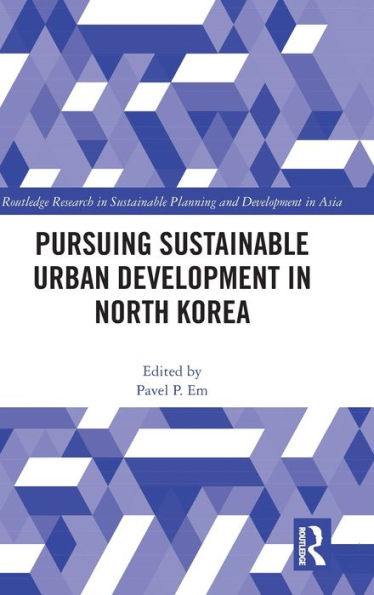

Barnes and Noble
Pursuing Sustainable Urban Development North Korea
Current price: $170.00
Size: Hardcover
Loading Inventory...
*Product information may vary - to confirm product availability, pricing, shipping and return information please contact Barnes and Noble
This volume employs an urban lens to provide a critical analysis of the North Korean style of sustainable urban development in the face of severe sanctions and a scarcity of vital resources.
With a focus on five major areas—population, economics, architecture, urban planning, and culture—the authors examine the preconditions that led to the emergence of ideas related to urban sustainability, assess and reassess the trends in sustainable development brought about by market forces, and recommend paths for their further intensification. Since this work covers a variety of topics, ranging from geomancy and social control to economic issues and green architecture (both locally and in comparison with European post-socialist cities and South Korea), it will point to lessons that other countries could learn from.
This book will be a valuable reference for scholars, researchers, students, and the general public who have a regional interest in North Korea, Korean unification, and East Asia as a whole; and/or a topical interest in urban studies, urban sustainability, and post-socialist urban transformation.
With a focus on five major areas—population, economics, architecture, urban planning, and culture—the authors examine the preconditions that led to the emergence of ideas related to urban sustainability, assess and reassess the trends in sustainable development brought about by market forces, and recommend paths for their further intensification. Since this work covers a variety of topics, ranging from geomancy and social control to economic issues and green architecture (both locally and in comparison with European post-socialist cities and South Korea), it will point to lessons that other countries could learn from.
This book will be a valuable reference for scholars, researchers, students, and the general public who have a regional interest in North Korea, Korean unification, and East Asia as a whole; and/or a topical interest in urban studies, urban sustainability, and post-socialist urban transformation.
